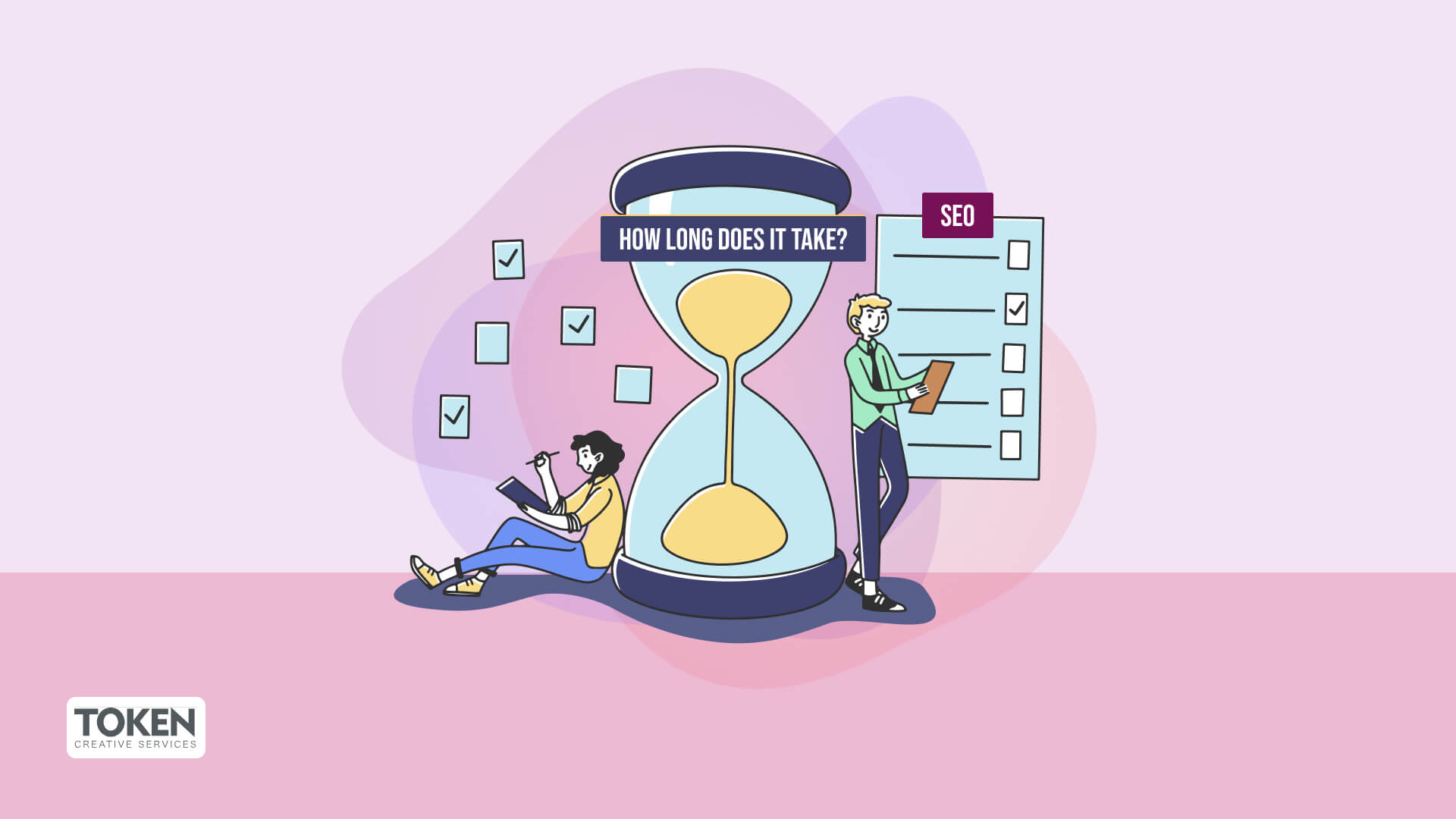
In today's online landscape, online store SEO is a fundamental aspect of running a successful online store. With Google and Bing being the main source of traffic for most eCommerce businesses, enhancing your store for SEO can significantly impact your reach, sales, and overall expansion. According to BrightEdge, over 53% of all site traffic comes from natural search, making it vital for online retailers to focus on SEO strategies that improve rankings and increase conversions. This guide will walk you through online store SEO strategies, best practices, and practical data insights to help your business succeed in a crowded market.
Understanding eCommerce SEO and Its Significance
SEO for eCommerce sites goes beyond standard site optimization. It includes enhancing product pages, collections, and the overall site architecture to improve rankings and UX. According to Moz, the top-ranking websites on Google get 31.7% of all clicks, while lower-ranked listings receive considerably less visibility. By implementing an well-planned eCommerce SEO plan, businesses can generate organic visitors and reduce reliance on advertising-based advertising.
Key online store SEO factorscomprise keyword research, site optimization, structured data, loading performance, and mobile-friendliness. Google’s mobile-prioritized ranking further highlights the necessity of optimizing for mobile-friendly stores, as over 72.9% of eCommerce transactions now come from mobile devices (Insider Intelligence).
Keyword Research: The Backbone of eCommerce SEO
Proper eCommerce keyword research is crucial for ranking higher in Google listings. By identifying the optimal keywords, businesses can reach prospective customers at various phases of the buying process.
Steps for Effective Keyword Discovery:
Identify Transactional Keywords: Use tools like Google Keyword Planner, Ahrefs, and SEMrush to discover effective transactional search queries (e.g., "buy running shoes online").
Leverage Specific Keywords: Phrases like "best running shoes for flat feet" often have less rivalry and higher purchase buying-related keywords likelihood.
Analyze Competitor Keywords: Tools like SpyFu and Ubersuggest help uncover search terms that drive traffic to rival stores.
Optimizing Product and Category Pages for SEO
Item and category pages play a vital function in eCommerce SEO. Optimizing these sections guarantees better rankings and a smoother customer journey.
Best Methods for Product Page SEO:
Use Unique Product Descriptions: Prevent duplicate text by writing custom descriptions.
Optimize Headings & Meta Descriptions: Incorporate primary search terms while keeping them appealing and concise.
Add High-Quality Images with Alt Text: Enhances SEO visibility and enhances UX.
Internal Connections: Direct customers and search engines to related products and categories.
Enhance Your Online Store Revenue search engine algorithms with Professional SEO
Struggling to improve your rankings and increase website traffic to your online store? Token Creative Services specializes in eCommerce SEO that enhances search presence, attracts the right audience, and increases conversions.
Get found. Grow your SEO trends revenue. Stay ahead of the competition.
Reach out now for a results-driven SEO plan that delivers real results.
Conclusion
eCommerce SEO is a continuous effort that demands careful planning, execution, and patience. By implementing best practices, optimizing item and collection listings, and concentrating on site optimization, digital retailers can experience sustainable growth. As Google ranking factors continue to evolve, staying updated with the newest digital SEO developments is essential.
Are you prepared to elevate your eCommerce business to the higher stage? Begin improving today.
Comments on “The Ultimate Online Store SEO Guide: Techniques, Tips & Best Practices for Digital Success”